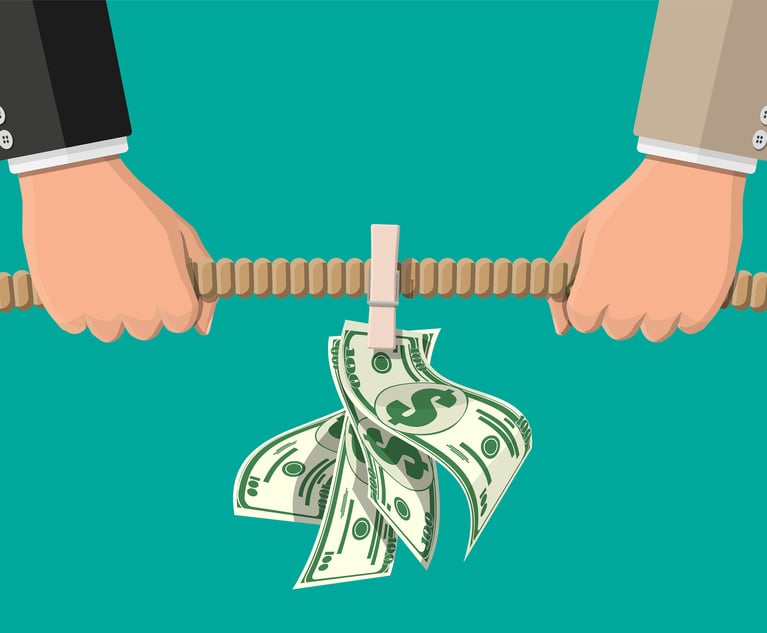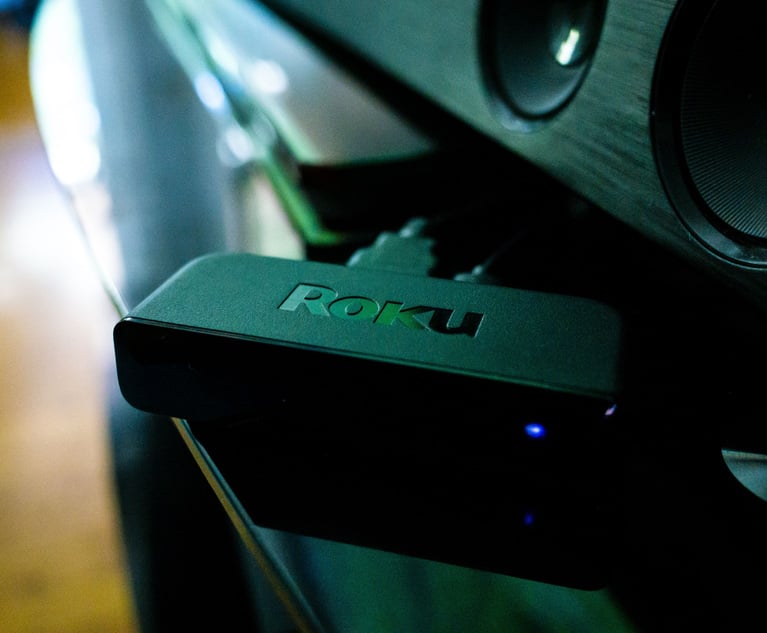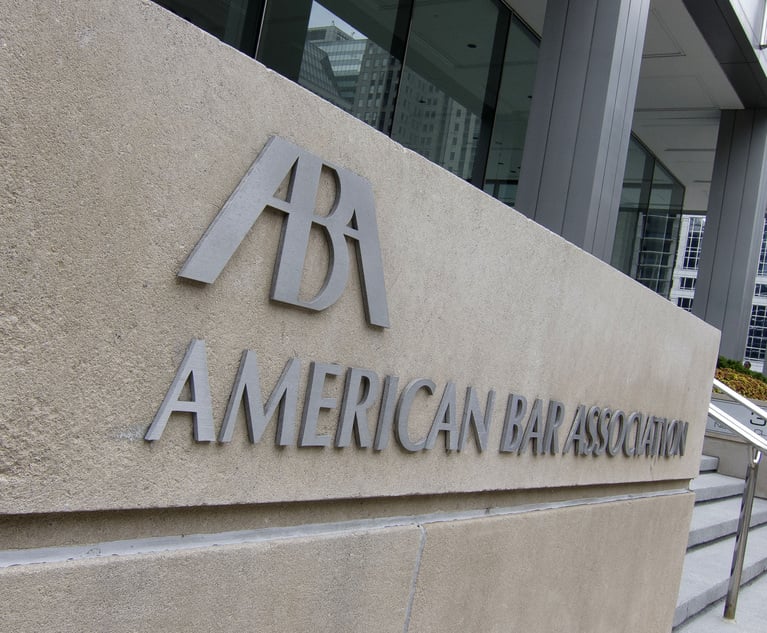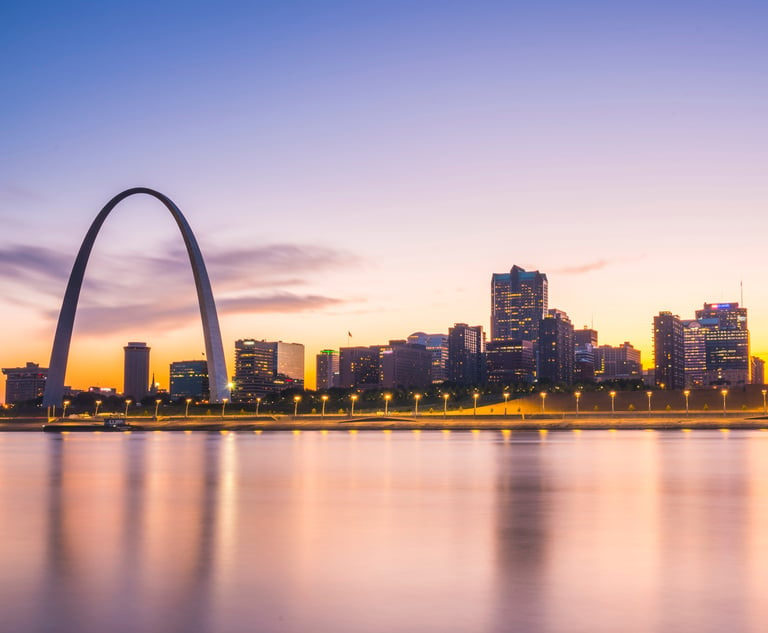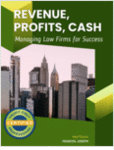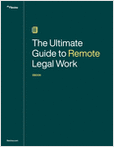Less than 75 percent of people who took the bar for the first time in 2018 passed, a figure lower than in 2017, according to new figures from the American Bar Association.
Just 74.82 percent of first-time examinees made the cut last year, down from 77.34 percent in 2017, the ABA data shows. It’s the latest bit of bad news regarding the attorney licensing exam, which has generally seen falling pass rates since 2013.

 Photo: Peopleimages.com
Photo: Peopleimages.com

